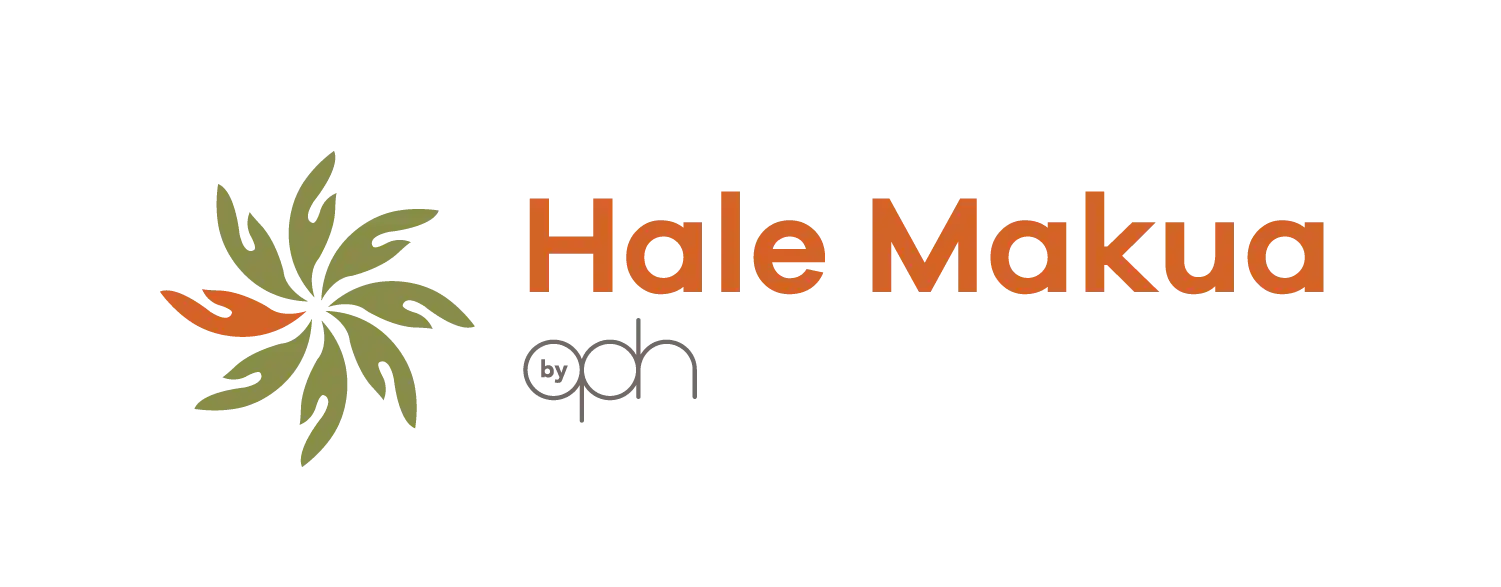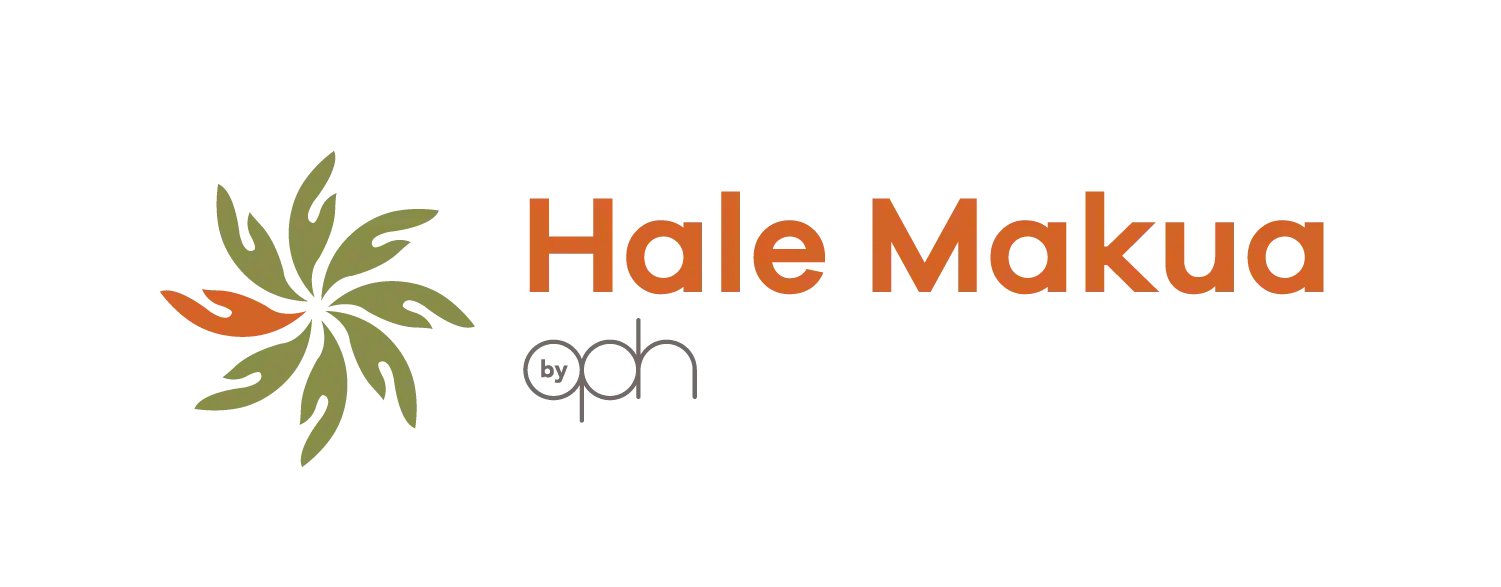
Maui Now file photo.
Vacation rentals in Maui County saw a -74.7 percent decrease in occupancy to 3.8 percent in April, as county officials across the state announced rules deeming the short-term vacation rentals as non-essential.
The numbers were compiled by the Hawaiʻi Tourism Authority as part of its Vacation Rental Performance Report.
The first to announce rule changes related to lodging of guests for less than 30 days, was Honolulu Mayor Kirk Caldwell on April 7, followed by similar orders from other county mayors.
Also in April, the majority of flights to Hawaiʻi were cancelled because of COVID-19. As of March 26, all passengers arriving from out-of-state were required to abide by a mandatory 14-day self-quarantine. The quarantine order was expanded on April 1 to include interisland travelers.
ARTICLE CONTINUES BELOW AD ARTICLE CONTINUES BELOW AD Statewide Vacation Rental Occupancy was 5%:
In April 2020, the total monthly supply of statewide vacation rentals was 319,500 unit nights and monthly demand was 16,000 unit nights, resulting in an average monthly unit occupancy of 5 percent (Figure 1).
In comparison, Hawaiʻi’s hotels were 8.9 percent occupied in April 2020. It is important to note that unlike hotels, condominium hotels, and timeshare resorts, vacation rental units are not necessarily available year-round or each day of the month. The unit average daily rate for vacation rental units statewide in April was $190, which was higher than the ADR for hotels which was $131.
Island Highlights
ARTICLE CONTINUES BELOW AD In April, Maui County had the largest vacation rental supply of all four counties with 95,300 unit nights, which is a decrease of 62.5 percent compared to a year ago. Unit demand was 3,600 unit nights (-98.2%), resulting in 3.8 percent occupancy (-74.7 percentage points) with an ADR of $237 (-3.6%). Maui County hotels were 11.0 percent occupied with an ADR of $121.
On Oʻahu, the vacation rental supply in April was 122,100 unit nights (-57.8%). Unit demand was 5,100 unit nights (-97.5%), resulting in 4.2 percent occupancy (-67.3 percentage points) and an ADR of $147 (-10.3%). Oʻahu hotels were 8.0 percent occupied with an ADR of $142.
There were 67,700 available unit nights (-65.5%) on the island of Hawaiʻi in April. Unit demand was 3,800 unit nights (-97.0%), resulting in 5.6 percent occupancy (-59.1 percentage points) with an ADR of $164 (+3.0%). Hawaiʻi Island hotels were 12.4 percent occupied with an ADR of $107.
Kauaʻi had the fewest number of available unit nights in April at 34,500 (-67.5%). Unit demand was 3,500 unit nights (-95.8%), resulting in 10.1 percent occupancy (-68.3 percentage points) with an ADR of $234 (-9.1%). Kauaʻi hotels were 7.0 percent occupied with an ADR of $131.
ARTICLE CONTINUES BELOW AD Tables of vacation rental performance statistics, including data presented in the report are available for viewing online.
Note: The Hawaiʻi Vacation Rental Performance Report is produced using data compiled by Transparent Intelligence, Inc., which was selected by the Hawaiʻi Tourism Authority as the provider for these data services. The report includes data for properties that are listed on Airbnb, Booking.com, HomeAway, and TripAdvisor. Data for units included in HTA’s Hawaiʻi Hotel Performance Report and Hawaiʻi Timeshare Quarterly Report have been excluded from the Hawaiʻi Vacation Rental Performance Report. This report also does not determine or differentiate between units that are permitted or unpermitted. The “legality” of any given vacation rental unit is determined on a county basis.
Data/Graphs courtesy: Transparent Intelligence, Inc./ Hawaiʻi Tourism Authority.




















